Whaylan 80W portable power station
80w Solar Panel,Foldable Solar Panel,Flexible Solar Panel,Oem Solar Panel,Solar Panel Charger suzhou whaylan new energy technology co., ltd , https://www.xinlingvideo.com
Analysis of the change law of electric vehicle battery temperature with environment, driving mileage and driving conditions
This paper reviews the variation of battery temperature under different environmental conditions, driving ranges, and operational scenarios based on the current thermal management strategy for electric vehicles. It verifies that the design meets the development goals for industrial electric vehicle battery assemblies, ensuring a long cycle life and high customer satisfaction.
The study is based on a demonstration operation of a lithium iron phosphate 12.5 A·h pure electric vehicle. The lithium-ion power battery exhibits poor performance in low temperatures, affecting both the vehicle’s power output and driving range. Additionally, the battery cannot be charged when the temperature is below 0°C.
To further investigate this issue, six electric vehicles from different regions were selected. Based on the existing thermal management system, the paper analyzes how battery temperature varies with environmental conditions, driving distances, and usage patterns. This analysis supports the industrialization of electric vehicle batteries and ensures reliable performance in terms of battery life and user experience.
The selected vehicle uses a split battery group structure with air-cooling as the cooling method and PTC heating for low-temperature charging and discharging. Eight temperature sensors are installed inside the battery pack to monitor the temperature. When the ambient temperature is too low, the heater is activated, and the fan circulates warm air to raise the battery temperature effectively.
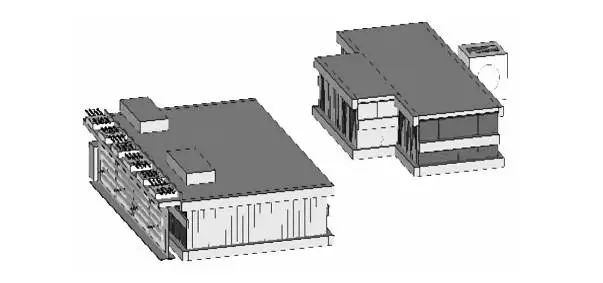

**Vehicle Selection and Test Method**
The testing period ran from January 22, 2016, to February 23, 2016. Six test vehicles were selected: A1–A3 were tested in Hefei City from January 23 to February 4, A4 and A5 were tested in Taiyuan City, Shanxi Province, and A6 was tested in Changchun City, Jilin Province, from February 10 to 23.
The regional distribution of the six vehicles is shown below:

**Test Methods:**
1. Ambient temperature data from different regions were obtained from the China Meteorological Administration.
2. Vehicle driving data were collected every minute, and charging data were recorded every half hour.
3. Battery temperature data from typical customer vehicles were analyzed using remote monitoring systems.
4. Temperature rise under different conditions and charging behavior at normal temperatures were studied, along with battery discharge characteristics at various ambient temperatures.
**Discharge Temperature Changes**
In Hefei, where the ambient temperature ranged from 6–8°C, the vehicles were left standing for over 10 hours. When the battery temperature reached 8–10°C, the battery pack temperature varied depending on the driving conditions.
Under frequent and rapid acceleration, the temperature increased by approximately 1°C per kilometer driven. In smooth driving conditions, the temperature rose gradually, about 1°C per 10 km.
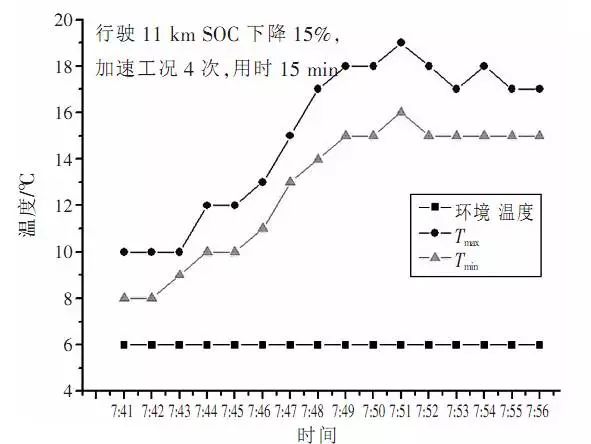
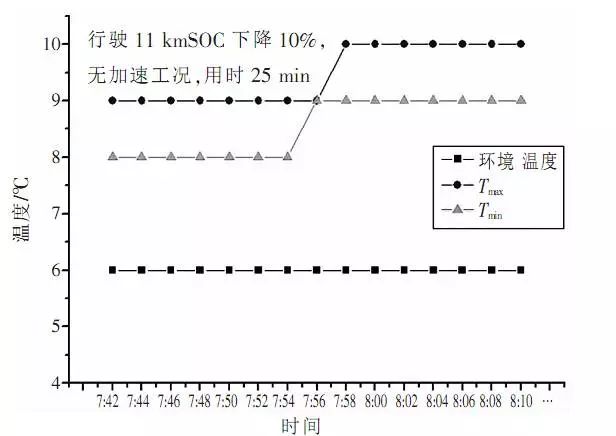
When the battery temperature was above 0°C, different driving habits significantly affected the battery temperature. Under rush conditions, the temperature gradually increased and stabilized around 25°C. In mild driving conditions, the temperature rose slowly, increasing by about 1°C every 5 km.
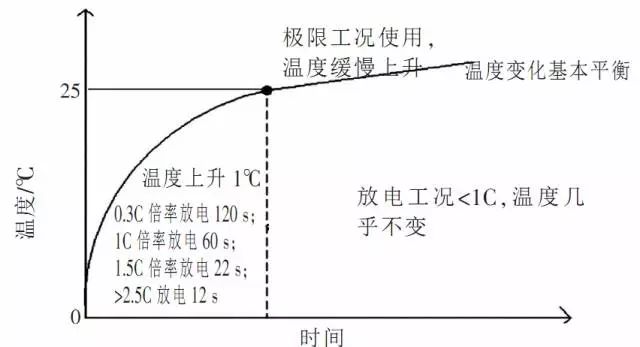
At -10°C, the battery could be discharged under a 1C condition for 6 km in 28 minutes, raising the temperature from -10°C to 0°C without affecting the vehicle's dynamics.
**Charging Temperature Changes**
When the battery temperature was -10°C, the charging process consisted of three stages: preheating, heating, and normal charging. Preheating took about 1 hour, and heating lasted approximately 40 minutes.
The following figure shows that the minimum battery temperature started at -12°C and rose to 0°C within 1 hour, then to 5°C in another 40 minutes.
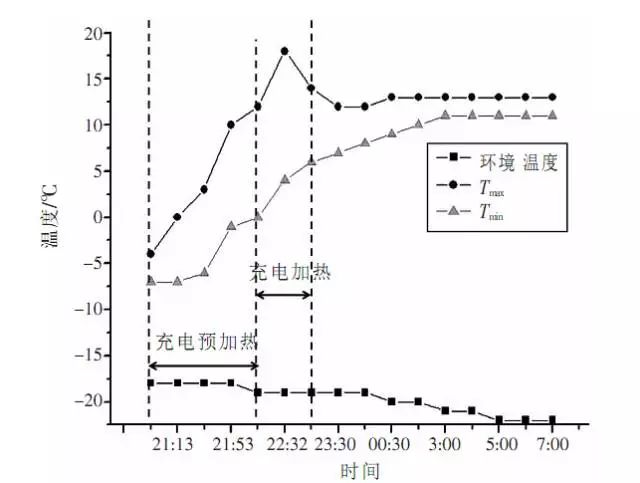
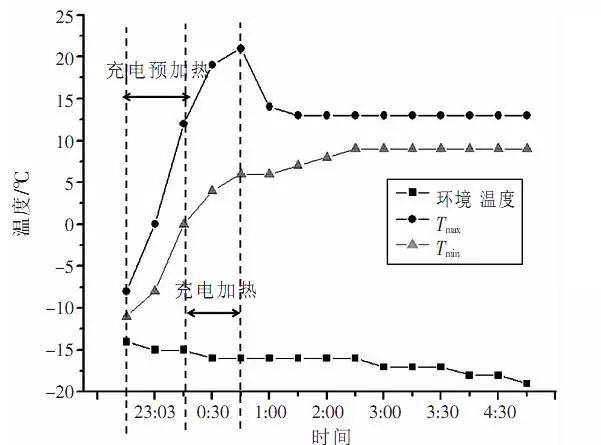
When the battery temperature was above 0°C, the temperature increase during direct or slow charging was only 1–2°C, showing minimal fluctuations.
After traveling 20 km, the battery temperature of A3 and A6 vehicles was about 10°C higher than the ambient temperature. As the ambient temperature increased from 6–13°C, the charging time was 5–7 hours, and the battery temperature remained almost unchanged.
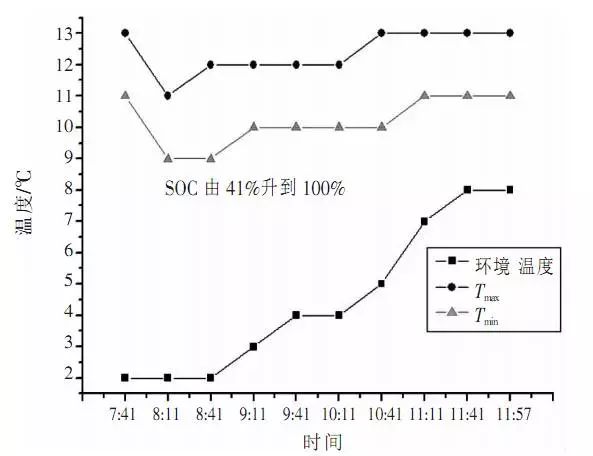
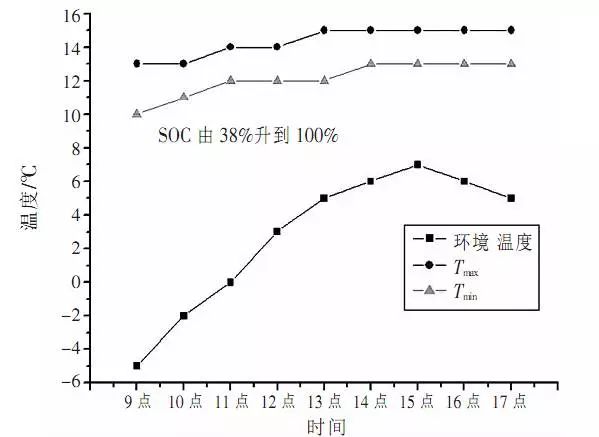
The figure below shows that after the A3 vehicle traveled 99 km, the minimum battery temperature was 20°C, while the ambient temperature dropped from 7°C to 0°C. During this period, the battery temperature remained stable, confirming that if the initial charging temperature is above 0°C, the battery will not drop below 0°C during charging, which could otherwise interfere with the charging process.
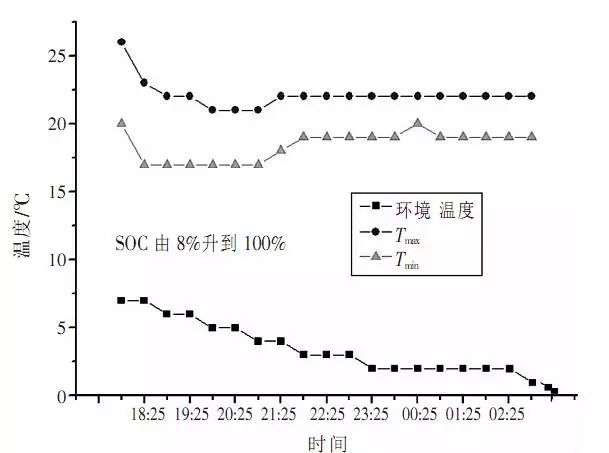
Although the low-temperature start-up heating effect during discharge is effective, the PTC heating used for cabin heating consumes a large amount of power, leading to a discharge current of 15 A, which is relatively costly. Therefore, it is recommended that vehicles in cold environments be charged immediately after use to avoid unnecessary preheating and energy waste.